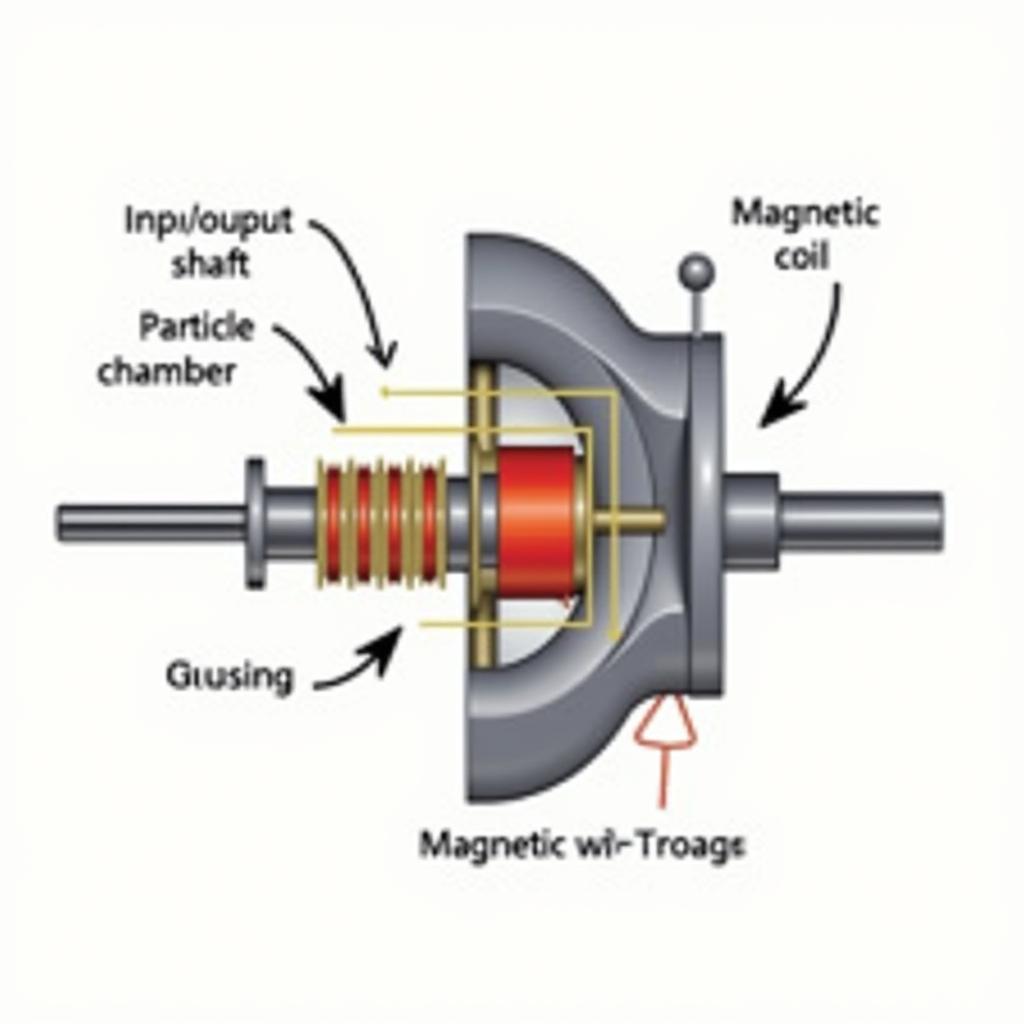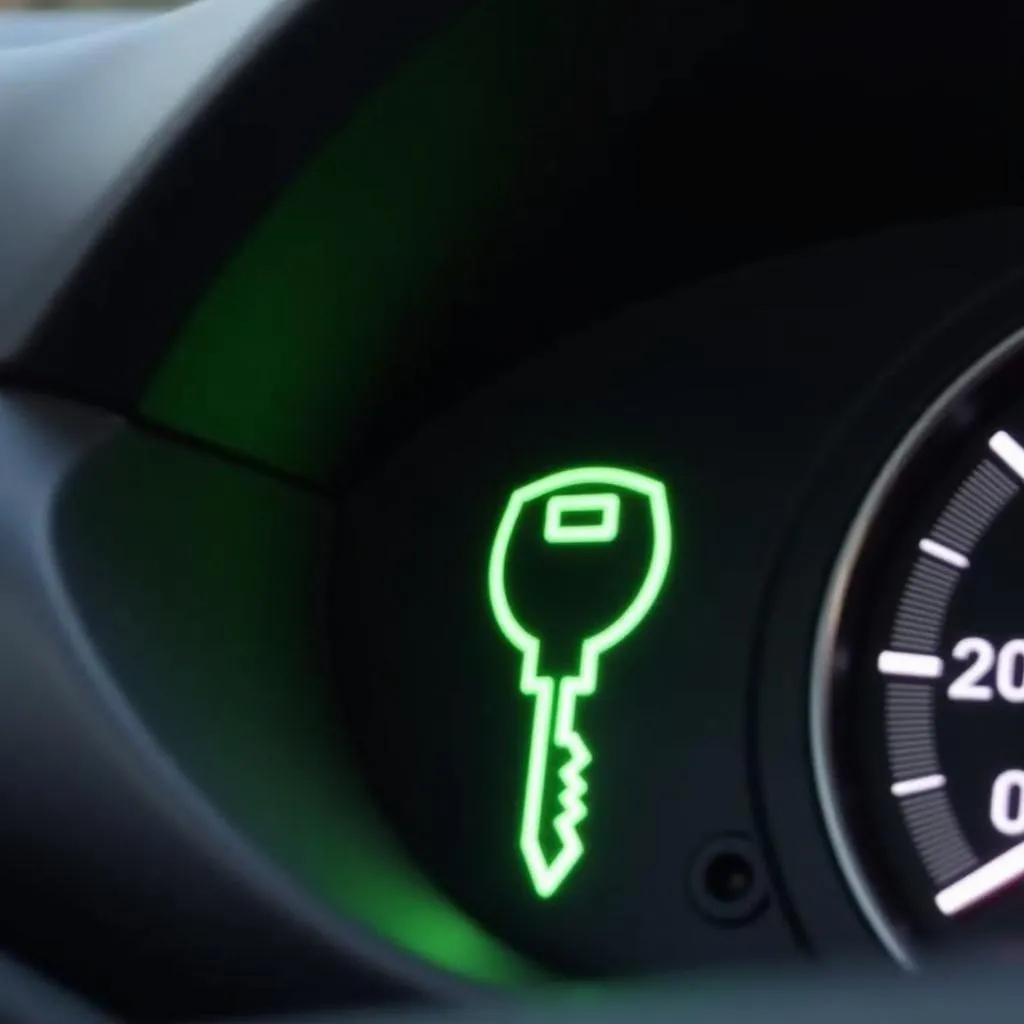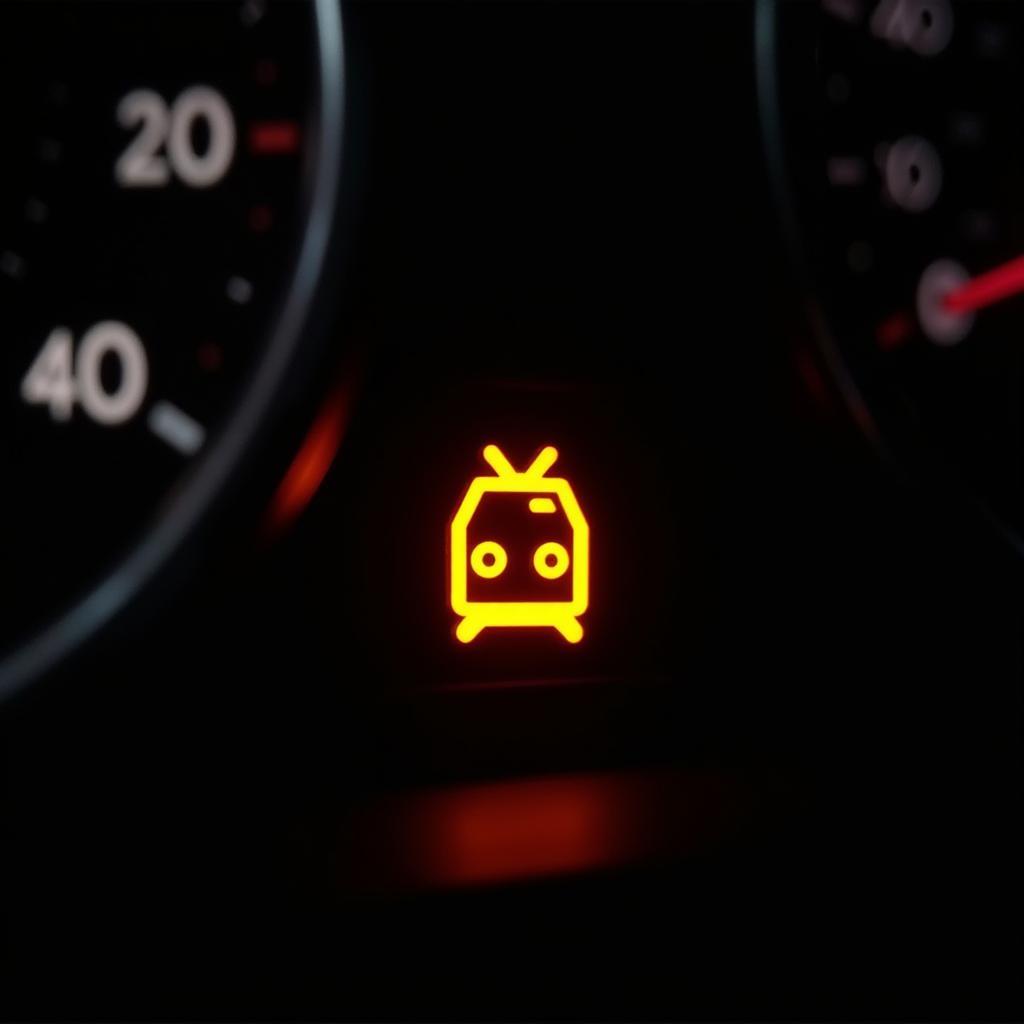Warner magnetic particle brakes are known for their smooth operation and precise control. However, like any electromechanical system, they can experience issues over time. This guide will help you troubleshoot common problems, whether you’re a seasoned technician or a DIY enthusiast.
Let’s dive into the world of Warner Electric magnetic particle brakes and empower you to diagnose and address those unexpected hiccups.
Understanding Warner Magnetic Particle Brakes
Before we jump into troubleshooting, it’s crucial to grasp the basics of how these brakes work. Unlike traditional friction brakes, Warner magnetic particle brakes use a magnetic field to generate torque.
 Diagram of a Warner Magnetic Particle Brake
Diagram of a Warner Magnetic Particle Brake
Here’s a simplified explanation:
- Magnetic Coil: When energized with electricity, this coil creates a magnetic field.
- Particle Chamber: This chamber, surrounding the output shaft, is filled with dry, iron particles.
- Magnetic Flux: The magnetic field generated by the coil acts upon the iron particles.
- Torque Generation: As the particles become magnetized, they form chains, restricting the output shaft’s rotation and creating braking torque.
Common Problems and Solutions
1. No Torque or Insufficient Braking
Possible Causes:
- Loss of Electrical Power: Check the power supply to the brake, ensuring the voltage and current are within specifications.
- Faulty Coil: A burnt-out coil won’t generate the necessary magnetic field. Use a multimeter to check for continuity.
- Worn-out Particles: Over time, the iron particles can degrade, reducing their magnetic properties.
- Air Gap Issues: An incorrect air gap between the rotor and the brake housing can drastically affect performance.
Solutions:
- Verify and correct any power supply issues.
- Replace the coil if it shows no continuity.
- Consult your warner electric magnetic particle brake manual for the recommended particle replacement procedure and schedule.
- Refer to the manufacturer’s specifications for the correct air gap adjustment procedure.
2. Brake Chattering or Noise
Possible Causes:
- Contamination: Dust, debris, or moisture inside the particle chamber can interfere with particle alignment.
- Particle Degradation: As particles wear down, they can become uneven, causing noise and vibration.
- Loose Components: Check for any loose screws or components that might be vibrating.
Solutions:
- Disassemble the brake (following safety precautions) and clean the particle chamber using the recommended cleaning agent.
- Replace the iron particles.
- Tighten any loose components to manufacturer specifications.
3. Overheating
Possible Causes:
- Excessive Slippage: If the brake is constantly slipping, it generates excessive heat. This could be due to overload or incorrect application.
- Insufficient Cooling: Ensure proper ventilation around the brake assembly, especially in high-duty cycle applications.
- Internal Short Circuit: A short circuit within the coil or wiring can lead to overheating.
Solutions:
- Review the application requirements and ensure the brake is appropriately sized for the load.
- Improve airflow around the brake to enhance natural convection cooling. Consider forced-air cooling for demanding applications.
- Disconnect the brake and inspect the wiring and coil for any signs of damage or short circuits.
Tips for Maintaining Your Warner Brakes
- Regular Inspections: Periodically inspect your warner brakes for signs of wear, damage, or contamination.
- Proper Lubrication: Use the recommended lubricant on all moving parts as per the manufacturer’s guidelines.
- Avoid Overloading: Operating the brake beyond its rated capacity will significantly reduce its lifespan.
- Professional Servicing: For complex issues or if you’re unsure about a procedure, always consult a qualified technician experienced with Warner magnetic particle brakes.
Conclusion
Warner magnetic particle brakes offer exceptional control and reliability. By understanding the common issues and following these troubleshooting tips, you can keep your brakes functioning optimally. Remember, regular maintenance and timely intervention can prevent minor problems from escalating into major headaches.


